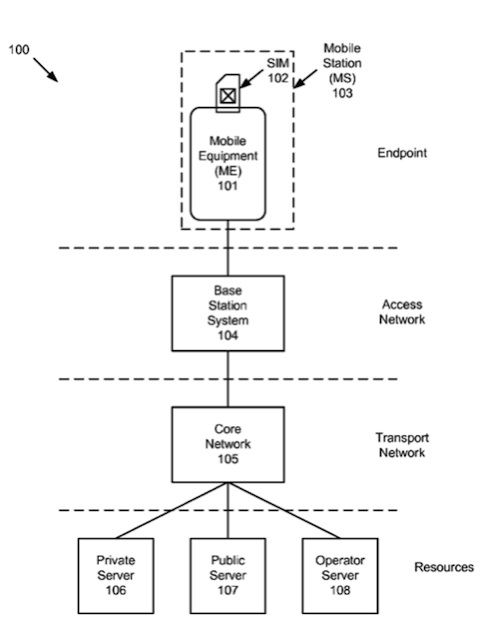I was expecting to see Macs packing Sandy Bridge processors pretty soon, but that timetable is almost certainly pushed back slightly due to Intel’s problems with the Sandy Bridge chip.
To be more specific, I was expecting a Sandy Bridge refresh of the MacBook Pro line in late February/early March and an update of the iMac line in late March/early April. Now it seems those launches will be delayed at least a couple of weeks. Assuming of course, I’m right in guessing Apple’s timetable.
Of course, Apple hasn’t announced any Sandy Bridge-based systems, but they’re certainly coming. The MacBook lineup consists of aging (by computer standards) Core 2 Duo processors (MacBook, MacBook Air, and 13-inch MacBook Pro) and previous-generation Core i5 and i7 processors (15- and 17-inch MacBook Pros). The iMac uses last-generation Core i3 and Core i5 chips.
According to “CNET” (http://macte.ch/ZAzAY), Intel VP Stephen Smith’s response to a question during a conference call on Jan. 31 to discuss the chipset glitch provides probably the best idea of how long the delay will be for the Sandy Bridge dual-core chips that most consumers will get with their systems.
“We were planning to launch those mainstream systems with dual core in a few weeks. And this will likely push out the window of launch a few weeks relative to our plans,” he said.”And we need to understand from the OEMs [original equipment manufacturers] how quickly they can refill their pipelines with this new Cougar Point chipset and get that into their build. Our expectation is that that can happen fairly quickly because really those lines are already set up for Sandy Bridge ramp. But net-net effect of launch is probably measured in a few weeks.”
Sandy Bridge will be the first mainstream Intel chip to integrate the graphics processing unit (GPU) onto the same piece of silicon as the main processor, or CPU. This is possible thanks to Intel’s 32-nanometer manufacturing technology.
Sandy Bridge processors will keep Intel’s current Core i3, i5 and i7 branding but will abandon the existing three-digit model suffix for a new four-digit “2000” series indicator. The entry level chip will be the dual-core 3.1 GHz Core i3-2100, with the quad-core 3.1GHz-Core i5 2400 slotting into the midrange and the 3.4GHz Core i7-2600 quad topping things out at launch, according to “Tech Radar” (http://macosg.me/2/sp). Further dual and quad-core chips will fill in the gaps. Six and eight-core chips will also follow later in 2011.
Sandy Bridge chips will also purportedly offer native support for USB 3.0 and PCI Express 3.0, so look for USB 3.0 on upcoming Sandy Bridge Macs (unless, as I’ve posited before, Apple decides to jump directly to Light Peak technology).
— Dennis Sellers
dsellers@applecentral.com



